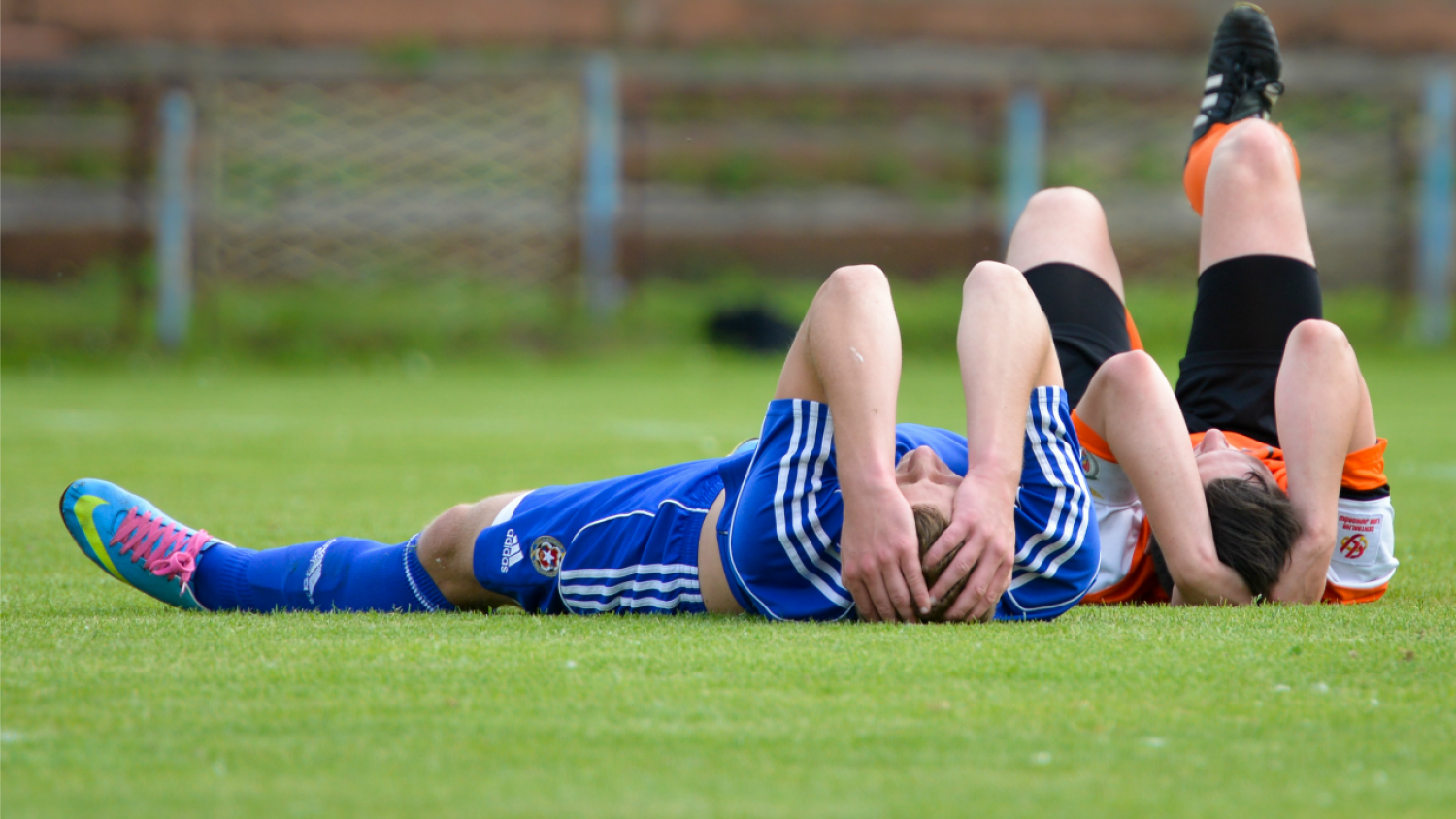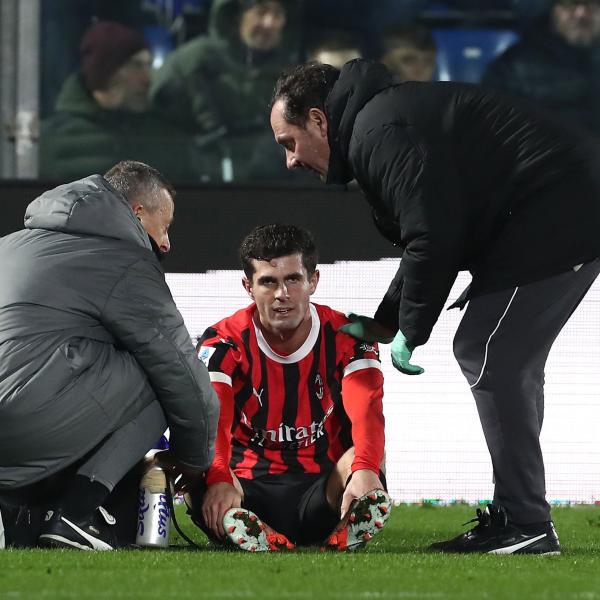Everyone seems to be aware of the rise of concussions in major sports like American football and hockey, but many don’t realize that the risk of concussions has also started manifesting itself in other sports, including soccer.
A recent youth soccer study published in the Journal of Pediatrics indicated that between 1990 and 2014, soccer-related emergency room visits have increased by 111%. Of those, more than 7% were concussions and 23% fractures.
Is Soccer Getting More Dangerous?
When considering all of the reasons for the increase, most people agree that the upsurge in emergency room visits has to do with parents and coaches being more aware of the dangers of concussions and other head injuries. What that doesn’t explain is why more sprains, fractures and deep cuts are occurring.
So, is soccer getting more dangerous? All signs point toward yes. Soccer’s popularity as both a youth and adult sport is rising, especially in the U.S. More than 3 million children participate in U.S. Youth Soccer, which is up nearly 90% from 1990. This means that people are playing longer and harder than they ever have before, youth sports becoming especially more competitive as a result.
The New York Times laid it out like this in a recent article: “For every 10,000 children who played soccer in 2014, 223 of them sustained an injury serious enough to be treated in a hospital emergency room.” That’s an increase of 74% since 2004.
With more people playing the sport, there’s also a surge in physicality. There are scattered reports of coaches encouraging players to be more aggressive and referees being too inexperienced or reluctant to call fouls when they are needed. Sometimes, it’s because they simply don’t know that it’s a foul, and other times it’s because they’re afraid of causing a delay in the game and being subjected to criticism from the sidelines.
What Are The Consequences?
Youth players typically have a longer recovery time. This means more time off of the field. Because they might not truly know the dangers or want to stop playing, they may lie or downplay the symptoms to get back on the field. This increases their chances of repeat concussions, which can lead to serious brain injury.
What You Can Do
Players of all ages need to fully understand the impact of not reporting concussions. Whether youth or adult, players want to play. If they do, however, they might increase their chances of never playing again.
Educate referees on when fouls need to be called or players ejected. It might not be popular with fans or parents, but it’s necessary to ensure that the game doesn’t get too rough.
Players should follow the rules of the game. Concussions and injuries increase with illegal play. Coaches shouldn’t encourage these illegal actions and should punish players that do it.
We don’t want people to stop playing soccer - in fact, we’re suggesting the opposite. But there’s no need to engage in dangerous play. Play smart, and keep it fair. As fans, we don’t want to see people hurt as much as players don’t want to get hurt.







